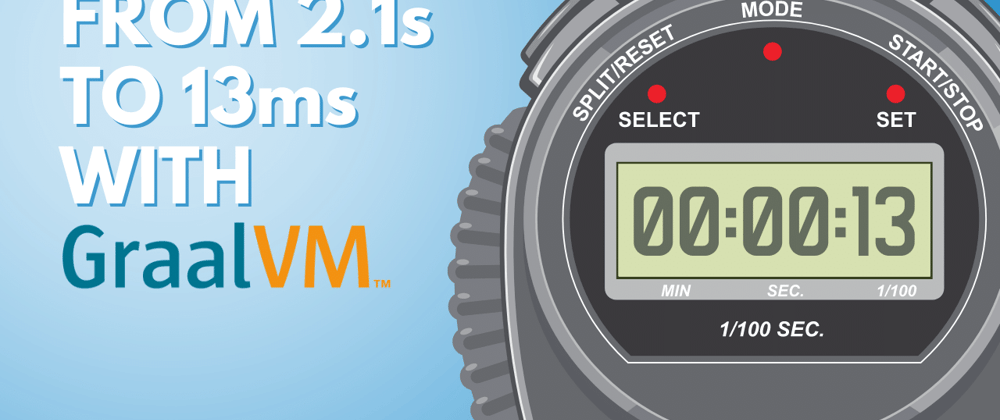If you're like me, you use Groovy for scripting automated tasks. I appreciate that I can implement a powerful script executed on JVM in a single file, and I can do it in just several code lines. The only downside is a long startup time - Groovy needs to start the JVM and compile the code before it gets executed. It may not be a problem in most cases. However, if your script does its job in, let's say, 100 milliseconds, spending additional 1.5-2 seconds sounds like a waste of time.
In this video, I explain how to compile a Groovy script (compatible with Groovy 2.x) to the native executable file using Groovy 3 and GraalVM 20.2 (OpenJDK 11)
Source code
gttp - simple HTTP server in Groovy
Inspired by http://melix.github.io/blog/2019/03/simple-http-server-graal.html
Install Groovy
$ sdk install groovy 3.0.5
Install GraalVM 20.2 (JDK 11)
$ sdk install java 20.2.0.r11-grl
$ sdk use java 20.2.0.r11-grl
$ gu install native-image
Compile gttp
$ groovyc --compile-static gttp.groovy
Run gttp with native-image-agent
$ java -agentlib:native-image-agent=config-output-dir=conf/ -cp ".:$GROOVY_HOME/lib/groovy-3.0.5.jar" gttp
Build native image
$ native-image --allow-incomplete-classpath \
--report-unsupported-elements-at-runtime \
--initialize-at-build-time \
--initialize-at-run-time=org.codehaus.groovy.control.XStreamUtils \
--no-fallback \
--no-server \
-H:ConfigurationFileDirectories=conf/ \
-cp ".:$GROOVY_HOME/lib/groovy-3.0.5.jar" \
gttp
Run gttp as a standalone executable file
$ ./gttp
Listening at http://localhost:8080/
Change default port
$ ./gttp 9000
Listening at http://localhost:9000/
Change default base directory to /tmp
$ ./gttp 9000 /tmp
Listening at http://localhost:9000/
Alternative: setup environment & build in a docker container
You can also use attached Dockerfile to install all required components, compile Groovy script to Java bytecode,
and generate standalone executable file using native-image tool.
$ sh ./build-with-docker.sh
Shownotes
Step 0: Install GraalVM and Groovy using SDKMAN!
- Install SDKMAN - https://sdkman.io/install
- List available Java versions -
sdk list java - Install the latest GraalVM -
sdk install java 20.2.0.r11-grl(NOTE: version20.2.0.r11-grlis the latest at the time of writing this article.) - Switch to GraalVM (if not set as default) -
sdk use java 20.2.0.r11-grl - Install native-image tool -
gu install native-image - Install Groovy 3.0.5 (or other latest) -
sdk install groovy 3.0.5 - Use installed Groovy (if not set as default) -
sdk use groovy 3.0.5
Step 1: Clone gttp repository
git clone https://github.com/wololock/gttp.git
cd gttp
Step 2: Run program as a Groovy script
groovy gttp.groovy
Step 3: Compile script using groovyc
groovyc --compile-static gttp.groovy
Step 4: Run Groovy script as a Java program
export CP=".:$GROOVY_HOME/lib/groovy-3.0.5.jar"
java -cp $CP gttp
Step 5: Generate GraalVM native-image metadata
java -agentlib:native-image-agent=config-output-dir=conf/ -cp "$CP" gttp
Step 6: Compile Groovy script to the native image
native-image --allow-incomplete-classpath \
--report-unsupported-elements-at-runtime \
--initialize-at-build-time \
--initialize-at-run-time=org.codehaus.groovy.control.XStreamUtils \
--no-fallback \
--no-server \
-H:ConfigurationFileDirectories=conf/ \
-cp $CP gttp
Step 7: Run the program
./gttp








Oldest comments (0)